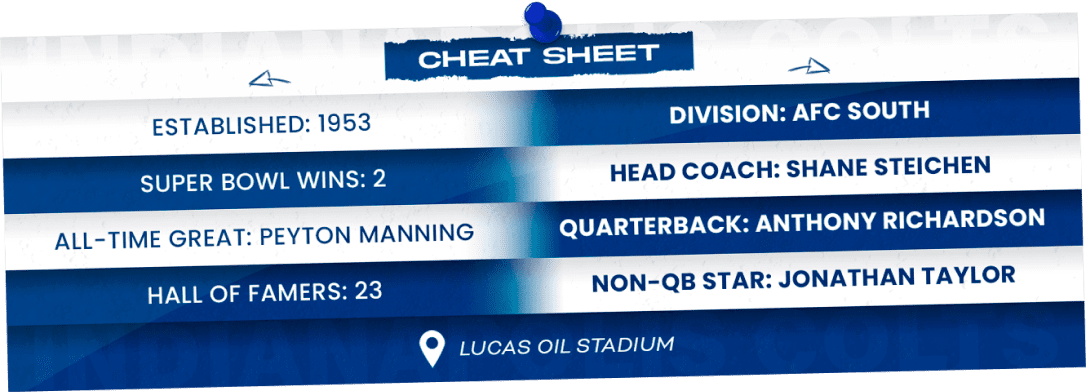
ONE
The Indianapolis Colts were founded in 1953 as the Baltimore Colts - named after the region's history with horse breeding and racing. However, the team’s history dates back much further to the 1920s - with their earliest ancestor being the Dayton Triangles. Who, on October 3rd 1920, not only played in, but won the first-ever APFA/NFL professional football game - defeating the rival Columbus Panhandles 14–0 at Triangle Park in Dayton, Ohio.
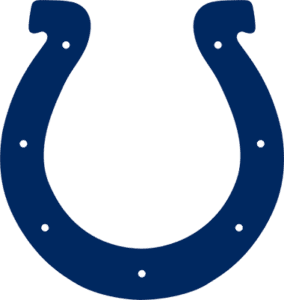
Indianapolis Colts Logo
TWO
In 1953, the AAFC - a league formed in the aftermath of World War 2 - merged with the NFL. In doing so, three AAFC teams, the San Francisco 49ers, Cleveland Browns and Baltimore Colts, joined the NFL - with Indianapolis’ first game, against the Chicago Bears, ending with a 13-9 victory. In the late 1950s, quarterback Johnny Unitas led an offense that featured three other future Hall of Famers: tackle-Jim Parker, end-Raymond Berry, and halfback-Lenny Moore. At the 1958 NFL Championship game, the Colts defeated the New York Giants 23–17 in a dramatic period of sudden-death overtime - resulting in the game taking on the nickname “The Greatest Game Ever Played.” The Colts were once again crowned NFL champions the following season, again beating the Giants in the Championship game.

‘The Greatest Game Ever Played’ - Johnny Unitas, 1958 NFL Championship
THREE
In 1963, the legendary Don Shula was hired as the team’s head coach. Despite only coaching in Baltimore for seven years, Shula led the Colts to two Western Conference Championships in 1964 and 1968. However, he was unable to claim Super Bowl glory for Baltimore - after losing to the New York Jets in Super Bowl III. Even with Shula departing for the Miami Dolphins in 1970, the Colts continued to dominate - leading to victory in Super Bowl V when they defeated the Dallas Cowboys 16-13 thanks to a Jim O’Brien field goal with five seconds left to play.
FOUR
Following their success at Super Bowl V, things began to turn sour in Baltimore. Citing friction with the city and the local press, owner Carroll Rosenbloom traded the Colts franchise to Robert Irsay on July 13, 1972 - receiving the LA Rams in return. Despite extensive regular season success throughout the 70s, Baltimore failed to win another Championship. In need of a generational talent under center, the Colts selected John Elway with the first-overall pick in the 1983 NFL Draft, However, the Colts’ poor reputation meant that Elway refused to play in Baltimore and forced a trade to the Denver Broncos.

John Elway, Denver Broncos Quarterback 1983-1998
FIVE
Soon after, the city of Indianapolis attempted to claim the Colts - however, Baltimore was unsuccessful at persuading the franchise to stay put. As a result, the city government attempted to convince the state legislature to condemn the Colts franchise and transfer ownership of the team to another group who would promise to remain in Baltimore. Under the threat of eminent domain from the city of Baltimore, the team completed a relocation to Indianapolis in the middle of the night on March 29, 1984 - giving rise to the Indianapolis Colts. Many former Colts players were infuriated by the move, most notably Johnny Unitas who aligned himself with the Ravens when they moved to Baltimore. To the degree that a statue of the Hall of Fame QB was placed outside M&T Bank Stadium. The Ravens openly claim the history of the Baltimore Colts as part of their own and have added the Baltimore Colts Hall of Famers to the Baltimore Ravens Ring of Honour.
SIX
The team continued to struggle after the relocation. The 1986 season started with an 0–13 record - with many believing that the Colts would become the first NFL team to finish 0-16 and the first to finish winless since 1976. However, Indianapolis finished the season with three-straight wins to post a final record of 3–13. In 1994, Jim Harbaugh was brought in as the team’s new QB1. After leading Indianapolis to the playoffs in both the ‘95 and ‘96 seasons, the team were nicknamed the ‘Cardiac Colts.’ After a down year in 1997, Indianapolis drafted Peyton Manning with the first-overall pick in the 1998 NFL Draft. Manning would go on to become one of the best players in the history of the game.

1998 NFL Draft - Peyton Manning
SEVEN
Tony Dungy - who was hired as the head coach of the Colts in 2002 - paired with Manning to form a formidable duo. With Manning leading the high-powered offense and Dungy overseeing the defensive side of the ball, the Colts became a perennial playoff contender - boasting one of the most dominant offenses in the league. In the 2006 season, Manning and Dungy led the Colts to Super Bowl victory, defeating the Chicago Bears in Super Bowl XLI. This was Manning's first Super Bowl win and Dungy's first as a head coach.
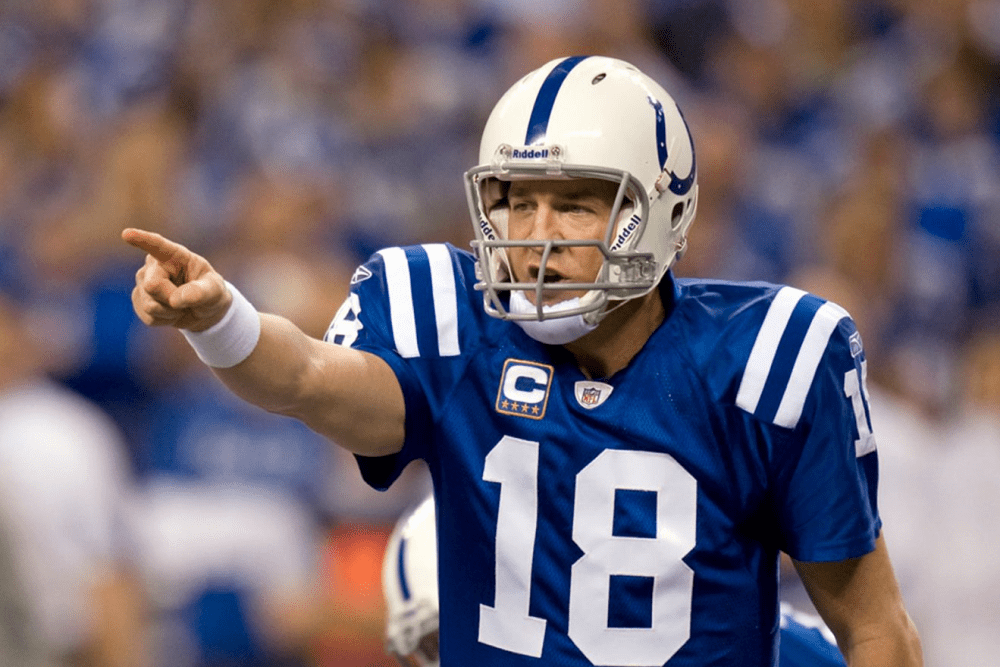
Peyton Manning, Quarterback 1998-2011
EIGHT
After 14 seasons and four NFL MVPs, Peyton Manning left the Colts to join the Denver Broncos. As a result, Indianapolis drafted Andrew Luck in 2012 as his successor. Luck quickly made an impact in his rookie season, taking the Colts from 2-14 the previous season to 11-5 record and a playoff berth. Under Luck's leadership, the Colts made the playoffs in four out of his six seasons with the team - including reaching the AFC Championship game in the 2014 season. Despite his individual success, Luck faced multiple injuries throughout his career. In a surprising move, Andrew Luck announced his retirement from the NFL in August 2019, citing mental and physical exhaustion from said injuries.
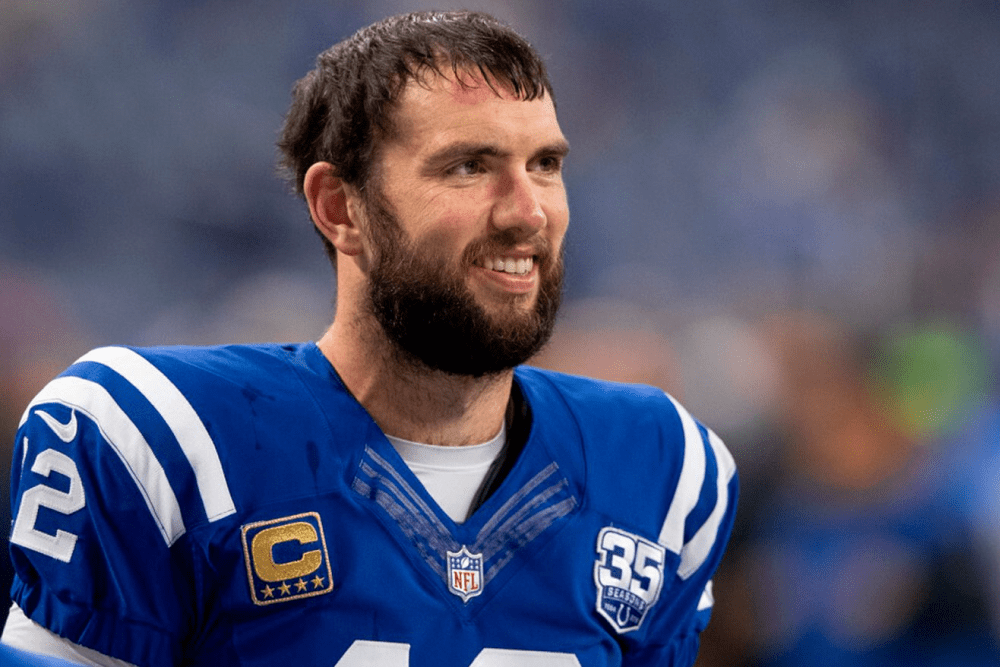
Andrew Luck, Quarterback 2012-2018
NINE
After Andrew Luck’s retirement, the Colts were unable to find their next franchise QB - opting instead for veteran leaders such as Phillip Rivers, Carson Wentz and Matt Ryan. Rivers was by far the most successful of the lot - posting over 4,000 yards and 24 touchdowns en route to an 11-5 record and a playoff berth in his lone season with the Colts. Then, in the 2023 NFL Draft, Indianapolis selected quarterback Anthony Richardson with the fourth pick - who immediately stole the spotlight in his rookie season. The excitement was short-lived, however, as Richardson suffered a season-ending shoulder injury, forcing the franchise to turn to Gardner Minshew for the remainder of the season. Heading into 2024, Richardson will be looking to pick up where he left off.
BEFORE YOU GO
Indianapolis Colts legends, Peyton Manning and Hall of Fame wide receiver Marvin Harrison, hold the all-time record for the most touchdowns by a quarterback-receiver tandem.
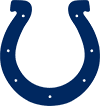
Lucas Oil Stadium - home of the Indianapolis Colts - was opened in 2008 with an estimated $720 million spent on construction. The stadium currently ranks 21st in the NFL in terms of capacity.

According to Forbes, the Colts are the league’s 22nd most valuable franchise at $4.35 billion.










